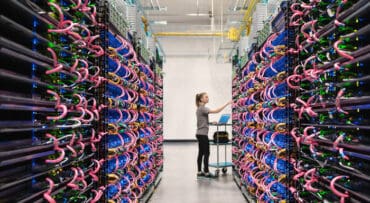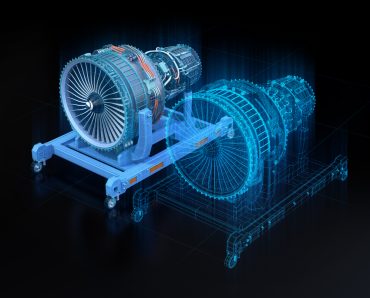
The accelerator helps developers create turnkey, real-time solutions that address the most common pandemic-related workplace requirements.
Digital transformation firm VANTIQ unveiled its Back-to-Work Accelerator on Monday, designed to enable businesses to quickly return to work while safeguarding against coronavirus spread.
The accelerator includes six pre-built components: symptom detection, physical distancing, contact tracing, access management, safety compliance, and asset monitoring. These components are built for fast deployment, reducing the need for human surveillance.
SEE ALSO: Using Artificial Intelligence To Manage The Coronavirus Pandemic
VANTIQ has integrated these components with a wide range of data sources and devices, including cameras, IoT sensors, real-time location data, and wearable technologies. If a business already uses some of these technologies, the route to deployment could be even quicker.
“Companies around the world need an integrated set of real-time, back-to-work protections that can be deployed quickly and seamlessly within their current environments,” said Marty Sprinzen, co-founder and CEO of VANTIQ.
“That’s what the accelerator enables. Now, developers can create turnkey, real-time solutions that address the most common pandemic-related workplace requirements. We look forward to a new era of innovation and adoption of real-time applications that can help the world restart.”
Vantiq’s partners have already built solutions using the accelerator. Bits in Glass created a virtual queuing application, removing the need for physical social distancing measures. Amorph Systems built an infection, detection, and containment system for airports.
With some states in the U.S. and countries in Europe ending lockdown measures, there is a push to get people back to work. However, many are worried about a secondary outbreak, caused by impatient legislators or businesses that haven’t properly introduced safety measures.
Some experts believe that office spaces and public areas need to adapt to the virus, through the installation of social distancing objects and tracking. We are seeing some businesses do this, like McDonald’s and Uber, although a lot of smaller businesses may struggle to meet the new requirements, especially if local guidance isn’t clear.




























